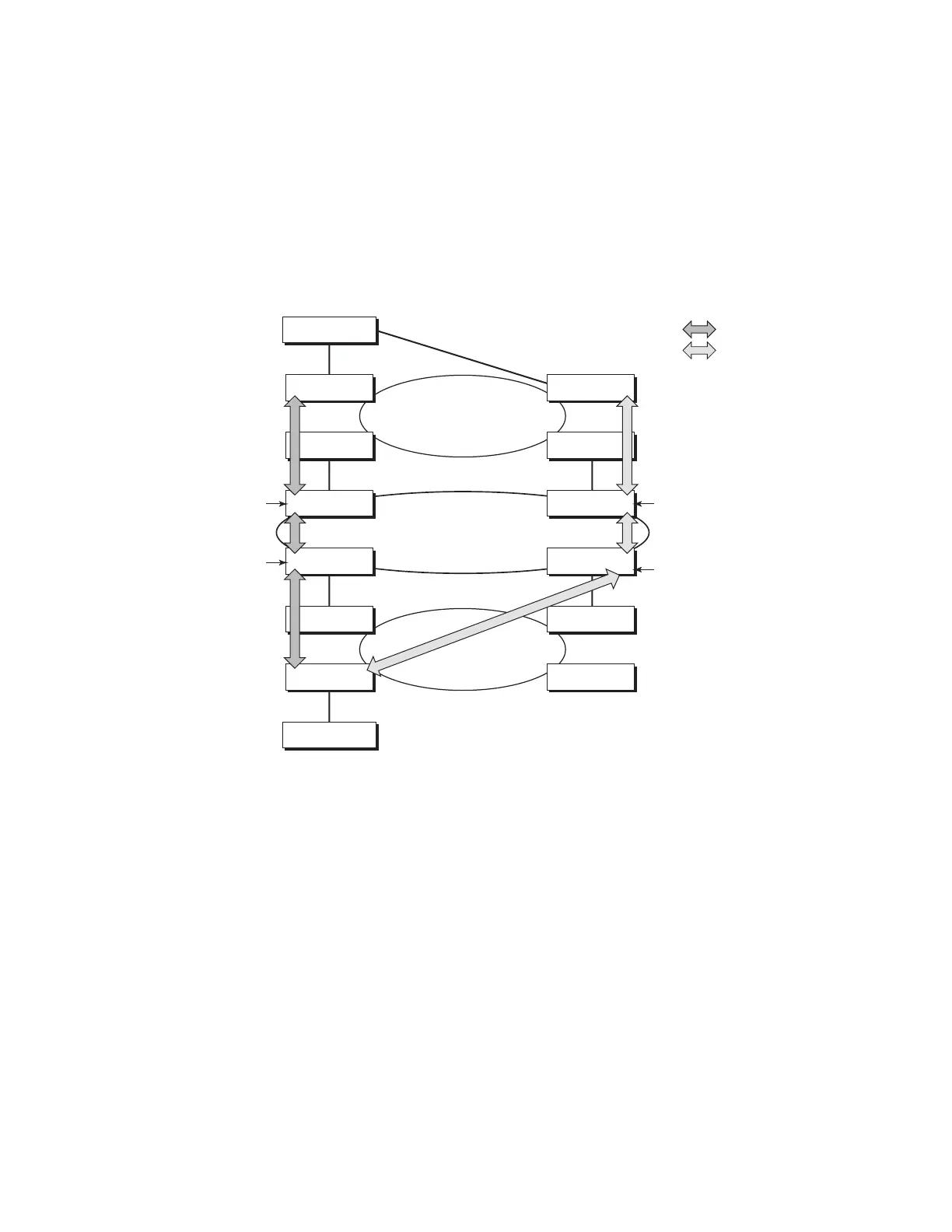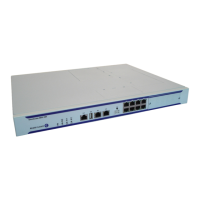Virtual Leased Line Services
7750 SR OS Services Guide Page 135
VLL Resilience for a Switched Pseudowire Path
Figure 26 illustrates the use of both pseudowire redundancy and pseudowire switching to provide
a resilient VLL service across multiple IGP areas in a provider network.
Figure 13: VLL Resilience with Pseudowire Redundancy and Switching
Pseudowire switching is a method for scaling a large network of VLL or VPLS services by
removing the need for a full mesh of T-LDP sessions between the 7x50 PE nodes as the number of
these nodes grows over time. In the network in Figure 4
Like in the application in VLL Resilience with Two Destination PE Nodes on page 130, 7x50 T-
PE1 node switches the path of a VLL to a secondary standby pseudowire in the case of a network
side failure causing the VLL binding status to be DOWN or if T-PE2 notified it that the remote
SAP went down. This application requires that pseudowire status notification messages generated
by either a 7x50 T-PE node or a 7x50 S-PE node be processed and relayed by the S-PE nodes.
Note that it is possible that the secondary pseudowire path terminates on the same target PE as the
primary, for example, T-PE2. This provides protection against network side failures but not
OSSG114
Core area
Metro area B
Metro area A
Access Node
Access Node
7x50 T-PE2
7x50 T-PE1
7x50
7x50
7x50 S-PE3
7x50 S-PE1
7x50 T-PE3
Primary PW
Standby PW
7x50
7x50
7x50
7x50 S-PE4
PW switching
SDP6:600
SDP4:400
SDP1:100
SDP3:300
7x50 S-PE2
PW switching
PW switching
PW switching

